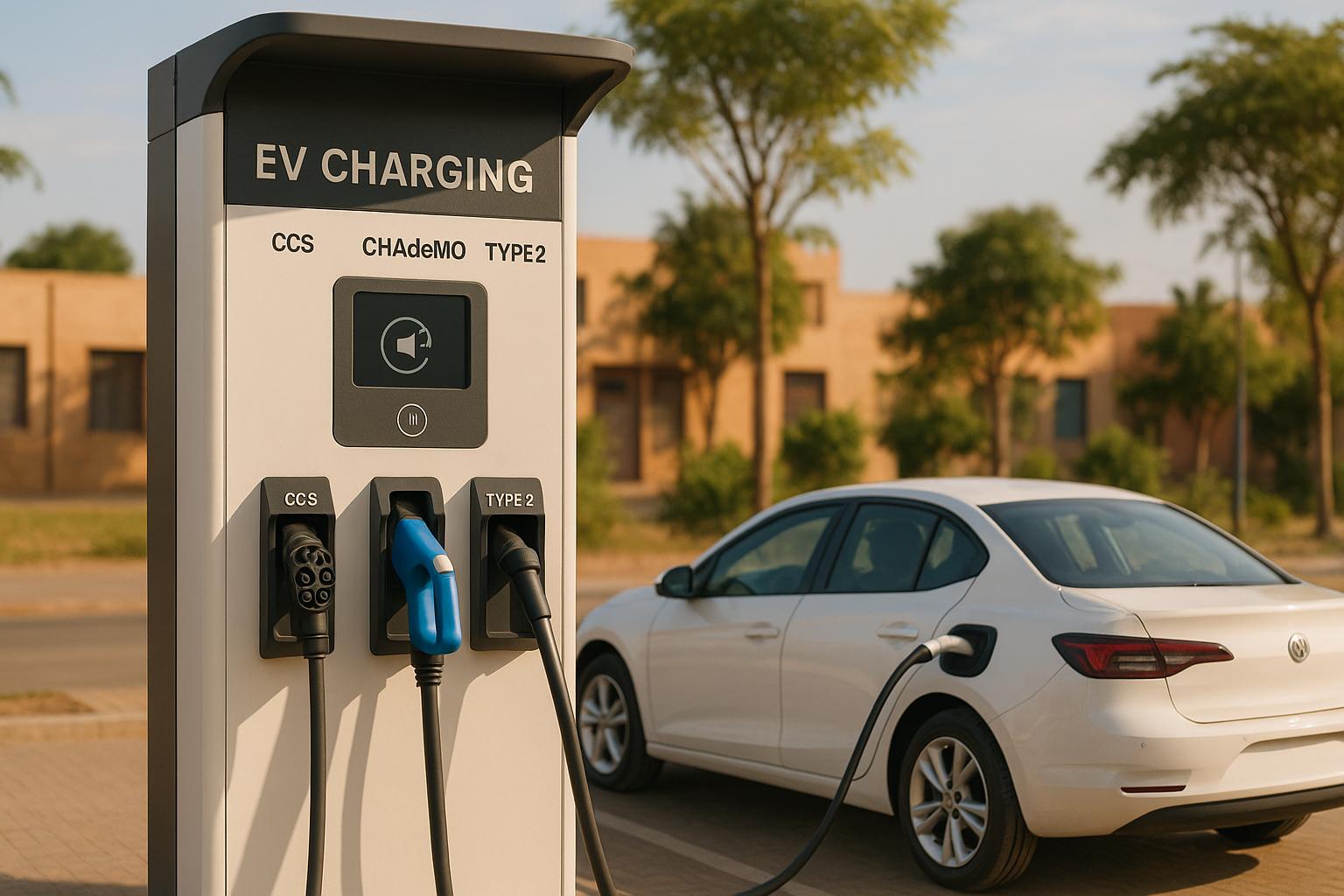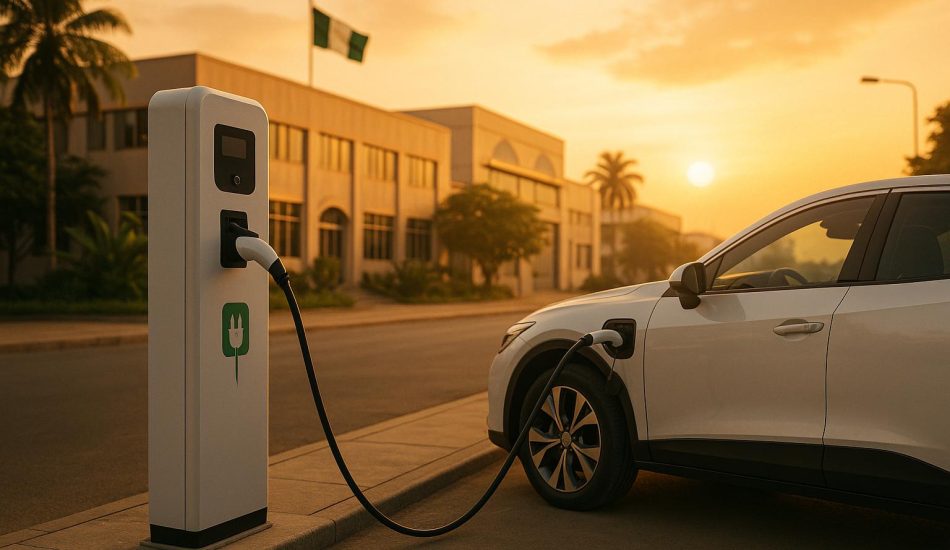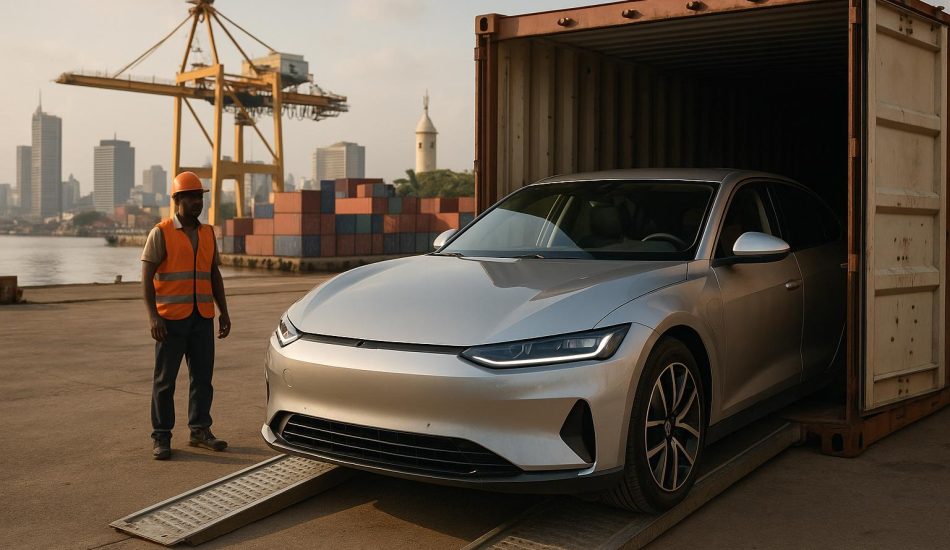
Africa’s electric vehicle (EV) market is growing, but the lack of standardized charging protocols presents challenges. Without consistent standards, cross-border travel is harder, infrastructure development slows, and costs rise. However, three main charging protocols are shaping the continent’s EV landscape:
- CCS (Combined Charging System): Supports both AC and DC charging, ideal for home and public use but requires higher installation costs.
- CHAdeMO: Focuses on fast DC charging and offers bidirectional energy flow but often needs pairing with other solutions, increasing complexity.
- Type 2 (Mennekes): Common for AC charging, especially for European EVs, with lower installation costs but slower charging speeds.
Quick Comparison
| Protocol | Charging Type | Speed | Cost | Key Markets |
|---|---|---|---|---|
| CCS | AC/DC | Fast (varies by setup) | High | Emerging across Africa |
| CHAdeMO | DC | Fast | High | South Africa, expanding |
| Type 2 | AC | Moderate (3.7–22kW) | Lower | South Africa, Kenya, Morocco |
Takeaway: Africa’s EV future depends on adopting the right mix of charging standards. Governments, businesses, and manufacturers must collaborate to ensure compatibility, affordability, and accessibility.
What are the Different Standards of EV charging?
1. Combined Charging System (CCS)
The Combined Charging System (CCS) is designed to handle both AC and DC charging through a single connector, making it suitable for everything from slower home charging to rapid public charging stations. Its adaptable design positions it as a strong contender for supporting the expansion of electric vehicles (EVs) in Africa.
As EV adoption begins to rise in African cities, CCS is among the charging protocols being considered to meet the varied needs of drivers. While its technical performance can differ depending on the installation, the current rollout of CCS infrastructure remains limited. Significant investment will be crucial to broaden its network and make it more accessible.
Up next, we’ll explore CHAdeMO, another important protocol influencing Africa’s EV charging landscape.
2. CHAdeMO

CHAdeMO stands out as one of the earliest fast-charging standards in the electric vehicle (EV) world. Developed in Japan, its name – short for "CHArge de MOve" – emphasizes its mission: fast and efficient EV charging. This technology has now made its way into parts of Africa, marking an important step in the region’s EV adoption.
Technical Specifications
CHAdeMO relies on DC fast charging and features a distinct round connector. A key advantage is its support for bidirectional charging, which allows EVs to not only draw power but also send electricity back to the grid. It also uses CAN bus technology, ensuring smooth communication between the vehicle and the charger.
Charging Speed
This protocol is designed with speed in mind, aiming to reduce the time EVs spend at charging stations. The actual charging time depends on several factors, including the output of the charger, the size of the vehicle’s battery, and how much charge the battery already has. Even so, CHAdeMO enables EVs to recharge a significant portion of their battery in a short amount of time.
Infrastructure Availability
The presence of CHAdeMO chargers in Africa is steadily increasing. In South Africa, for instance, installations are starting to appear in major cities. Other countries across the continent are also making strides in setting up reliable charging networks to support EV growth.
Cost Considerations
Installing CHAdeMO charging stations comes with a higher upfront cost compared to slower AC chargers, primarily because of the infrastructure upgrades needed. However, the advantages of fast charging and bidirectional capabilities can outweigh these costs over time, offering value for both users and the energy grid.
Up next, we’ll explore the Type 2 (Mennekes) standard, another key player in Africa’s EV charging landscape.
sbb-itb-99e19e3
3. Type 2 (Mennekes)

As Africa continues to standardize its EV charging infrastructure, the Type 2 connector, often called Mennekes, has emerged as a key player. Developed by a German company, this connector is the European standard for AC charging and is widely adopted across Africa, particularly in regions with significant European vehicle imports.
Technical Specifications
The Type 2 connector stands out with its seven-pin design, supporting both single-phase and three-phase AC charging. It operates with Mode 3 safety features, which include ground fault protection and communication protocols, and can handle up to 500V and 63A in three-phase setups. Unlike the round CHAdeMO connector, the Type 2 has a flat, rectangular shape with rounded edges. Since it uses AC power, the vehicle’s onboard charger is responsible for converting the alternating current into direct current for battery storage.
Charging Speed
Charging speeds for Type 2 connectors can vary depending on the power output and the vehicle’s onboard charger.
- Single-phase Type 2 chargers typically deliver between 3.7kW and 7.4kW.
- Three-phase chargers can provide up to 22kW, and in some cases, even 43kW.
For a vehicle with a 60kWh battery, charging on a 7.4kW system takes about 8–16 hours, while a 22kW three-phase setup reduces that time to just 3–4 hours. This makes Type 2 chargers particularly well-suited for overnight charging at homes, workplaces, or hotels, rather than quick top-ups during long trips.
Infrastructure Availability
Type 2 charging infrastructure is growing steadily across Africa, with key markets like South Africa, Morocco, and Kenya leading the way. Its popularity is largely due to the influx of European EVs, which are typically equipped with Type 2 ports.
In South Africa, many shopping malls and office buildings now feature Type 2 charging points. Morocco has embraced this standard as part of its national EV strategy, while in Kenya, private companies have installed Type 2 chargers in major cities like Nairobi and Mombasa to support the rising number of European EV imports.
Cost Considerations
Type 2 charging stations offer a more affordable option compared to both basic outlets and DC fast chargers. Installation costs typically range from $2,000 to $8,000 per charging point, making them a practical choice for growing charging networks.
The relatively lower setup costs, combined with the widespread compatibility of European EVs, make Type 2 an appealing option for businesses and municipalities aiming to expand EV infrastructure without incurring hefty expenses. This affordability and compatibility are driving the adoption of Type 2 chargers across African markets.
Advantages and Disadvantages
Let’s break down the strengths and weaknesses of each charging standard to better understand how they fit into different scenarios. By weighing these factors, stakeholders can make smarter decisions about investments and policies that match their specific needs and technical capabilities.
Combined Charging System (CCS) stands out for its dual AC/DC capability, making it versatile enough for everything from home charging to high-speed stations along highways. However, this versatility comes at a price – higher installation costs and added complexity. Setting up CCS often requires specialized equipment and trained technicians, which can be a hurdle, especially in developing markets.
CHAdeMO is known for its reliability and strong backing from established manufacturers. It excels at rapid DC charging but is limited by its single-purpose design, which focuses only on fast charging. This means deploying CHAdeMO typically requires pairing it with additional AC charging solutions, potentially complicating the network and increasing costs.
Type 2 (Mennekes) is appreciated for its affordability and straightforward installation process. Its simple AC design is ideal for areas with fewer technical resources and markets dominated by European vehicles. However, its AC charging is best suited for overnight or stationary use, making it less practical for rapid charging needs.
When considering maintenance and scalability, simpler systems like Type 2 generally require less upkeep. On the other hand, more advanced options like CCS and CHAdeMO often demand regular updates and specialized servicing. These differences will shape regional standards and investments, as policymakers weigh high-performance options against initial costs and ongoing maintenance requirements.
Conclusion
Africa’s electric vehicle (EV) charging network is growing quickly, and the choices made now will have a lasting impact. When comparing CCS, CHAdeMO, and Type 2 charging standards, it’s clear that no single option fits every need. Each plays a role in addressing the varied requirements of Africa’s automotive market.
So far, the evidence suggests that CCS is becoming the leading DC charging standard across the continent. This trend reflects a market mix that includes second-hand Japanese cars alongside new Chinese EVs. In such a varied market, multi-standard chargers are proving to be a practical solution for accommodating different user preferences and vehicle types.
Collaboration across regions will be key to creating a well-connected charging network. Shared efforts, along with unified payment systems, can help avoid fragmentation and lower cross-border costs.
Additionally, local governments need to incorporate flexible and affordable charging infrastructure into their urban planning. Partnering with utilities to handle the growing demand for EVs will also be crucial.
FAQs
What challenges does Africa face in adopting standardized EV charging protocols, and how could these affect the growth of the electric vehicle market?
Africa is grappling with several hurdles in its journey toward adopting uniform EV charging protocols. Among the most pressing are varying standards across countries, steep import duties on EV parts, and a shortage of charging infrastructure. These challenges not only complicate cross-border EV operations but also stall the creation of a reliable and interconnected charging network.
Without standardization, the EV market faces slower growth due to higher costs for consumers, limited compatibility between vehicles and chargers, and reduced incentives for infrastructure investment. Tackling these obstacles is crucial to paving the way for broader EV adoption and realizing the promise of a greener, more connected transportation system across the continent.
What are the differences in installation costs and infrastructure needs between CCS, CHAdeMO, and Type 2 chargers in Africa?
The Combined Charging System (CCS) tends to come with higher installation costs and a more intricate infrastructure compared to CHAdeMO and Type 2 chargers in Africa. This is largely because CCS supports much faster charging speeds – often reaching up to 350 kW – which demands advanced power supplies and more sophisticated station setups, driving up the initial investment.
On the other hand, CHAdeMO chargers are typically more budget-friendly to install. Their simpler design and lower charging capacity, usually capped at around 100 kW, make them a more economical option. Meanwhile, Type 2 chargers, commonly used for slower AC charging, are even easier and cheaper to set up. This makes them a go-to choice for residential use or smaller-scale installations.
Each of these standards brings its own set of benefits, and the decision often hinges on factors like available budget, location, and the specific electric vehicles that need support.
Why is the Type 2 (Mennekes) charging standard widely used in African countries importing European electric vehicles?
The Type 2 (Mennekes) charging standard has become a popular choice in many African countries because it matches the European Union’s AC charging standard. Since a significant number of electric vehicles imported into Africa originate from Europe, using this standard ensures seamless compatibility with European models. This makes it a logical and efficient option for building local charging networks.
Another advantage of the Type 2 standard is its ability to deliver quicker and more dependable charging for a range of EVs. This ease of use helps simplify the transition to electric vehicles and supports the expansion of electric mobility throughout the region.




